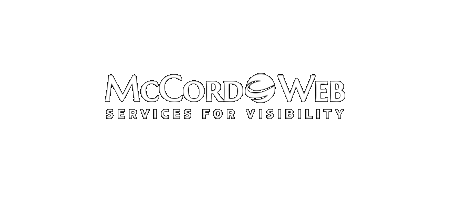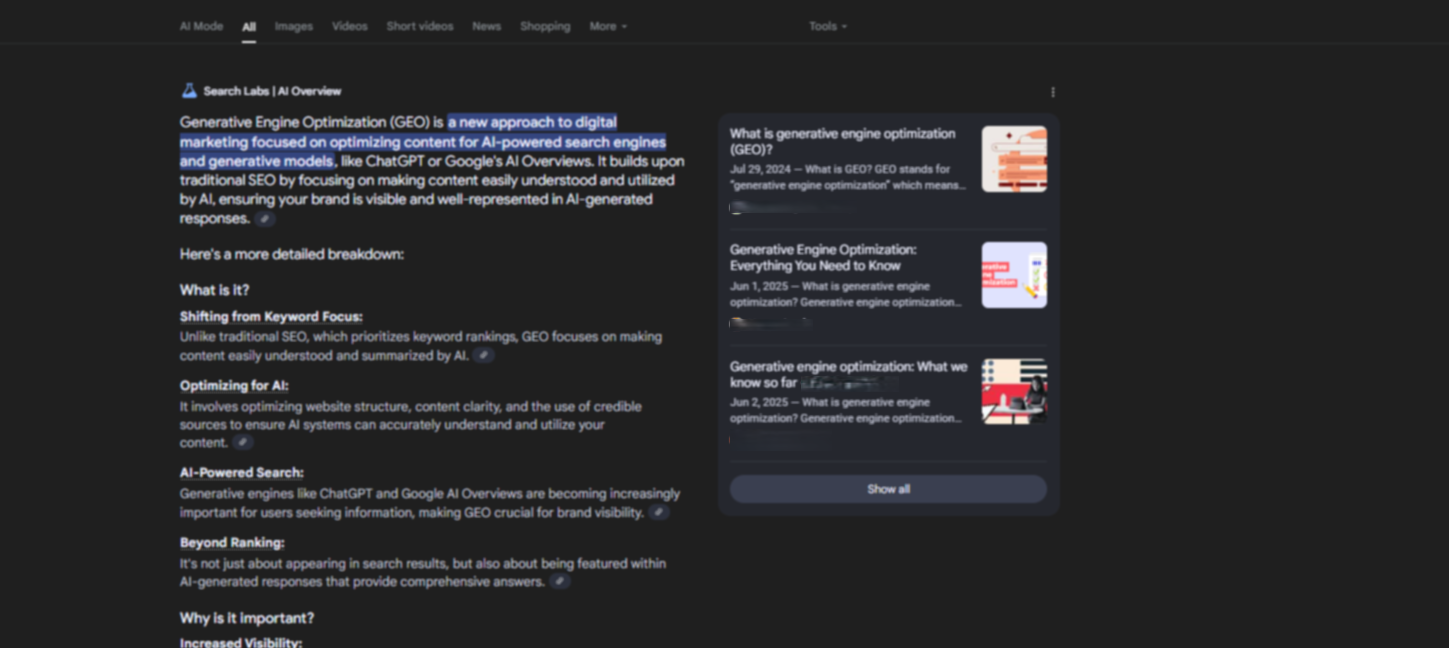With the world of organic search optimization having changed significantly and few really good keyword research tools for website placement on the Web, Google Insights has become a very important tool as you consider making changes on your website. Personally, I use the Google AdWords keyword tool hand in hand…
Search Engine Optimization
-
-
Inbound Marketing – Where to Invest Your Time?
With link building right now being a big no-no while the Penguin 2.0 shakedown continues this week, the big question is where should you invest your time to improve your organic placement? Here are my top tips and suggestions and where I invest my own time in regards to inbound…
-
Penguin 2.0 is Coming – Brace Yourself
Matt Cutts, one of Google’s lead spam engineers, is telling my industry that another large algorithm update is coming in the upcoming weeks. He has stated that it will be an important update and may impact many sites. Google is calling this pending update Penguin 2.0. Many sites got hit…
-
Advertorials and Google
Matt Cutts, Google’s voice to my industry, has recently stated in a video that Google considers advertorials and sites that use them without a no follow tag to be in violation of Google’s quality guidelines. You can watch the full video here. So what exactly is an advertorial and why…






